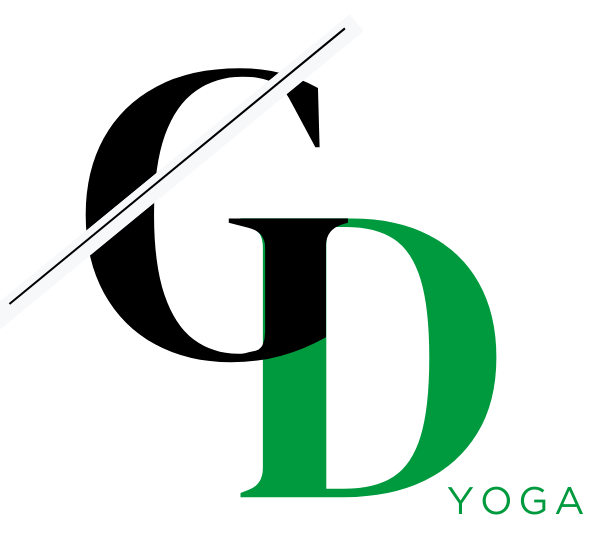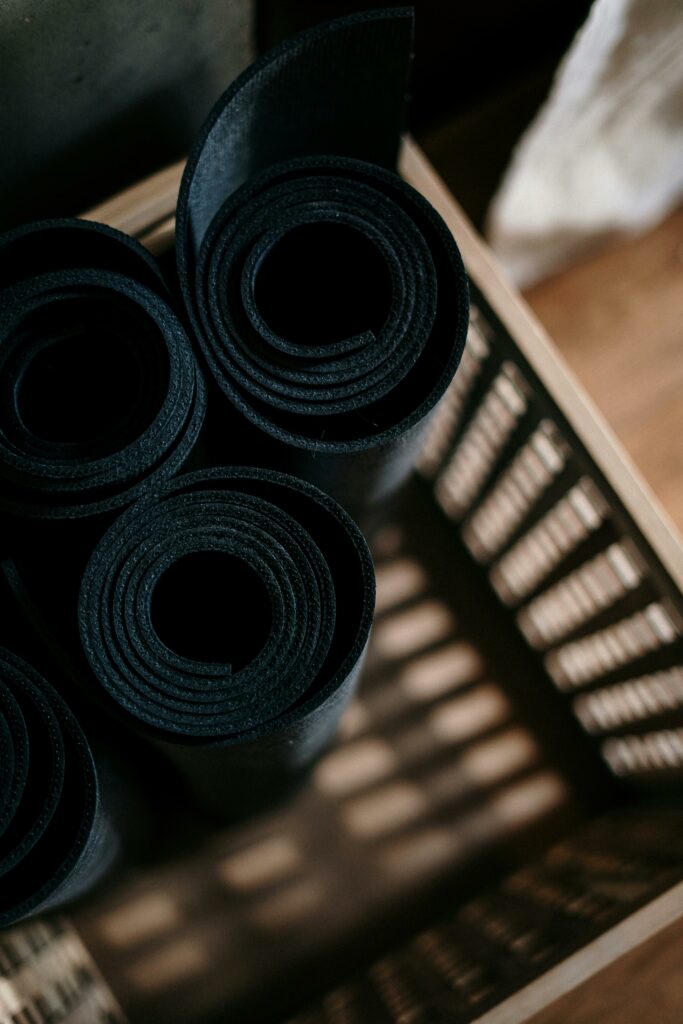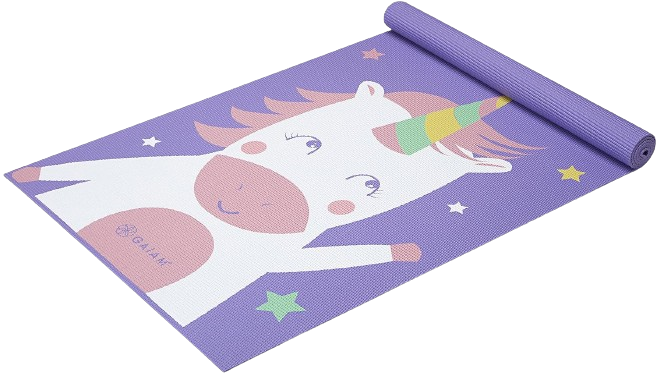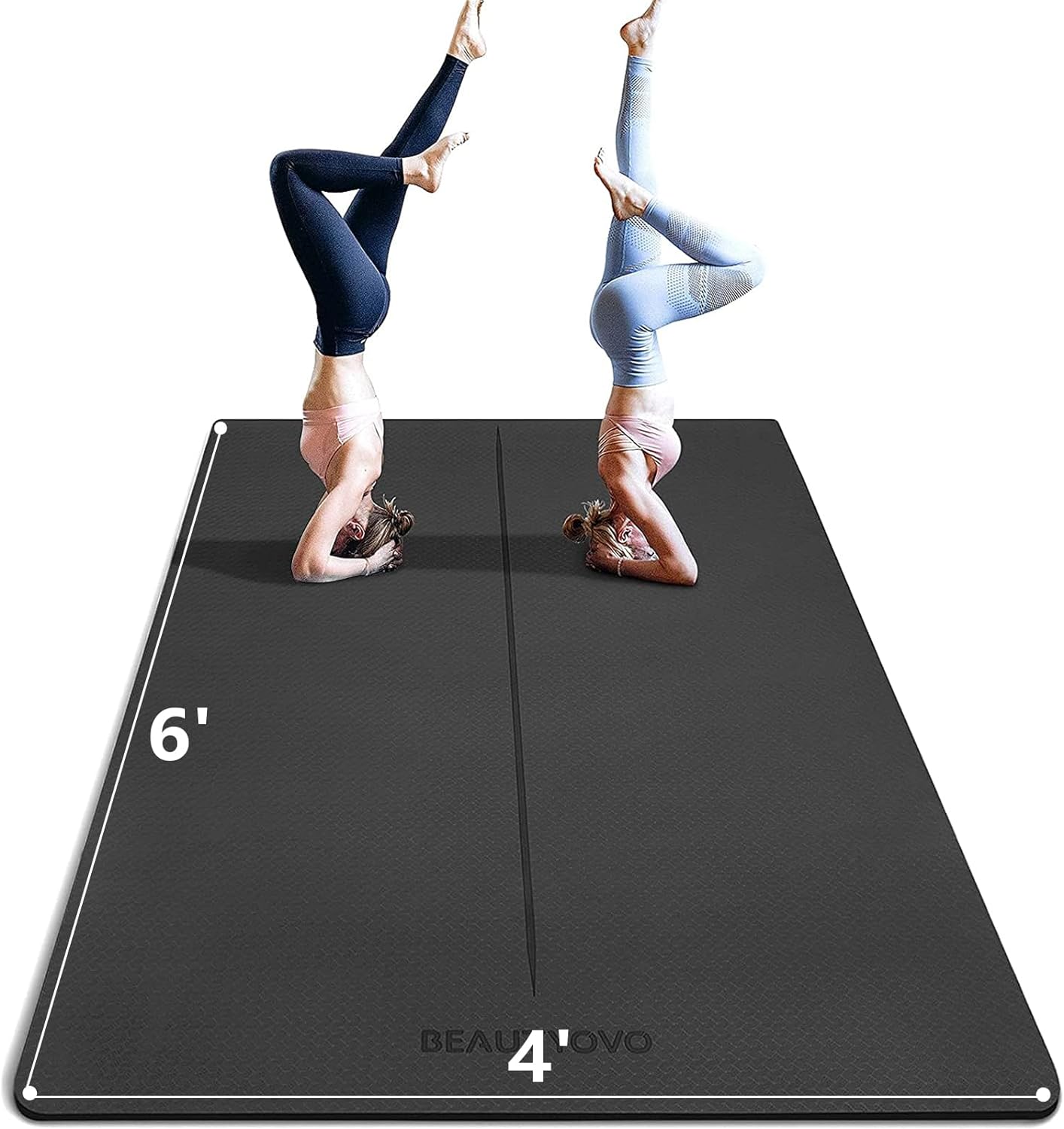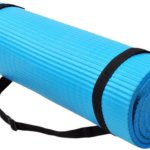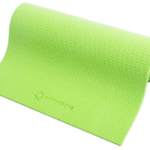Choosing the right yoga mat can be a game-changer for your practice. It’s not just about the color or the pattern; size matters more than you might think. I’ve learned that the right fit can make all the difference in comfort and stability.
Ever felt cramped in a Downward Dog or found your feet slipping off the edge during a Warrior pose? I’ve been there, and it’s not fun. That’s why I’m here to talk about how to find the perfect yoga mat size for your body and practice style.
Whether you’re a seasoned yogi or just starting out, understanding mat sizes can elevate your yoga experience. Let’s dive into what you need to consider to find that ideal match between you and your mat.
Contents
Introduction
When I first stepped into a yoga studio, I was oblivious to the vast universe of yoga mats that lay before me. Choosing the right size yoga mat seemed as simple as picking my favorite color. As time went by, I started to realize that not all mats are created equal, especially when it came to size.
I’ve learned through experience that a mat’s size can make or break your yoga session. Take it from someone who has attempted a peaceful Shavasana only to find that either my heels were hanging off the end of the mat, or even worse, my head. To keep it real, that’s not the kind of ‘grounding’ experience any of us are looking for.
Here’s what I’ve found out: standard yoga mats are typically around 68 inches long and 24 inches wide. However, these dimensions don’t work for everyone. It dawned on me that a taller individual would naturally need a longer mat, and those with broader shoulders would benefit from a wider one.
It’s no secret that the options can be overwhelming, but think of it this way: finding the right yoga mat is like finding the right pair of jeans. It might take some trial and error, but once you’ve found the one, it just fits.
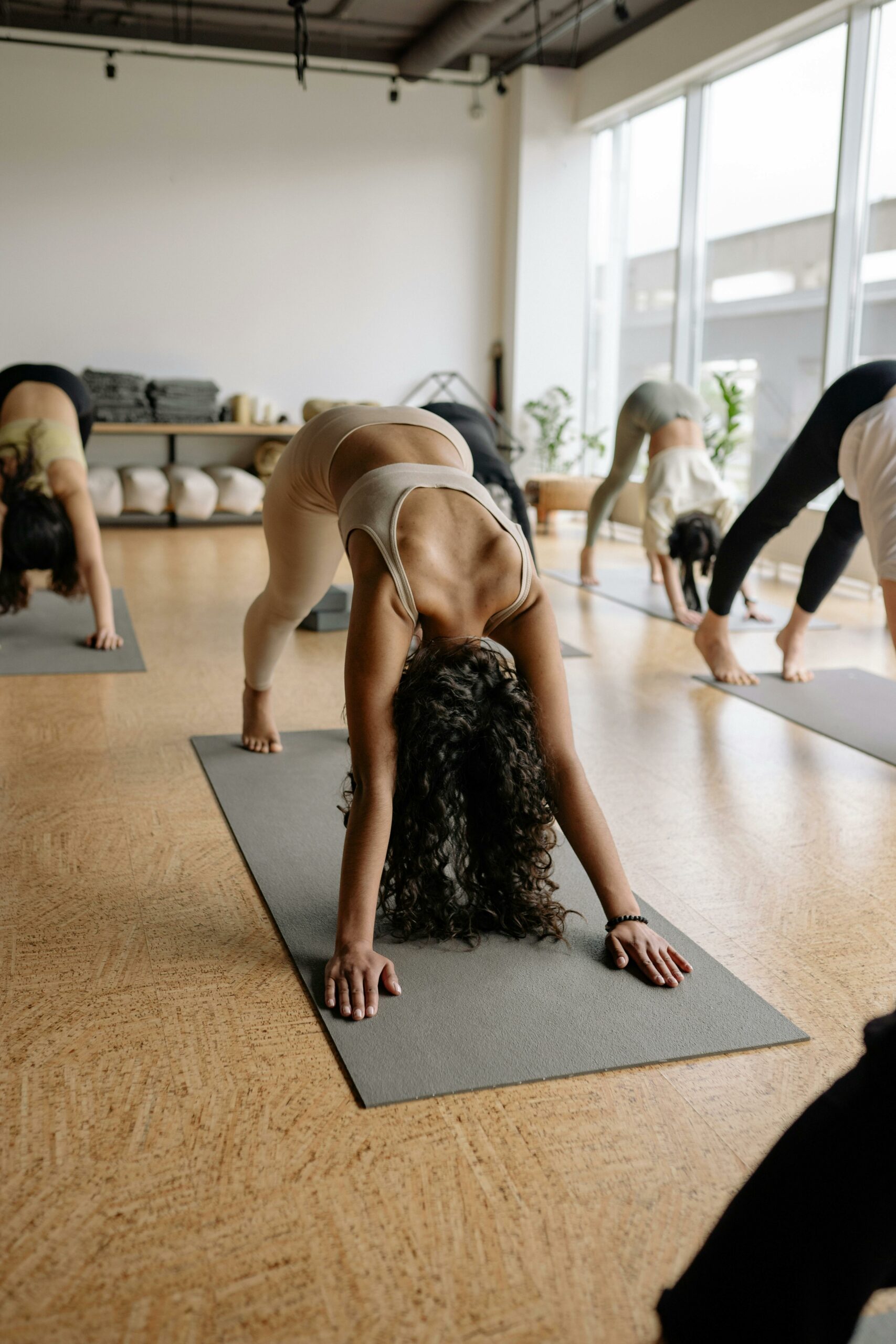
What size is a yoga mat
When I’m on the hunt for a new yoga mat, I’ve learned that size matters just as much as the color or pattern. It’s the difference between hitting a pose with confidence or feeling cramped on all sides. Over the years, I’ve switched from one mat to another, each time gaining insight into how much size can affect my practice.
Standard mats are usually 68 inches long and 24 inches wide, a size that works well for most yogis. It’s long enough for a good stretch in Downward Dog and cozy enough for a restful Child’s Pose. But when I’m in class surrounded by others, a standard mat keeps my practice comfortably contained to my own personal space.
For those moments when I want more room to flow, I’ve tried a long yoga mat measuring 72 inches. The extra length lets my feet and hands stay on the mat during more expansive poses, like a Standing Forward Bend where my fingertips might otherwise graze the cold floor. Plus, these mats are still only 24 inches wide, so they fit nicely in standard yoga mat spots at studios.
As a relatively tall individual, spreading out is important for me. That’s when I’ve gone wide — literally with a wide yoga mat that’s 68 inches long and 26 inches wide. The couple of extra inches make a real difference, especially when it’s time for poses that require a bit more lateral space, like Warrior II. Just an inch or two can mean my hands and feet are still on my own little island of grip and comfort.
But there are times when I want to share my practice, or really sprawl out, and that’s when a double yoga mat comes into play. At 78 inches long and a whopping 50 inches wide, there’s more than enough room for partner poses or just indulging in the luxury of space. During a more restorative practice or meditation, it feels like having a personal platform for relaxation.
And let’s not forget the little yogis. Kids’ yoga mats tend to be around 60 inches long, perfect for shorter limbs and smaller frames. They’re usually the standard 24 inches wide, making it easy for the kids to manage their mats in class or anywhere else.
| Yoga Mat Type | Length (inches) | Width (inches) |
|---|---|---|
| Standard Yoga Mat | 68 | 24 |
| Extra-Long Yoga Mat | 72-78 | 24 |
| Wide Yoga Mat | 68 | 26-36 |
| Double-Layer Yoga Mat | 68-78 | 48-50 |
| Kids’ Yoga Mat | 60 | 24 |
How long should a yoga mat be (Simple Approach)
When I’m on the hunt for the perfect yoga mat, the length can make or break the deal. That’s why I’ve got a straightforward approach to finding the right size. No more guessing games; here’s the simple technique to figure out how long your yoga mat should be.
First things first, consider your height. Let’s be real, if your feet or head are hanging off the edge during Savasana, it’s hard to find your Zen. So I always suggest grabbing a mat that’s at least 3 inches longer than you are tall. For instance, I have a friend who’s 5 feet 4 inches, and she swears by a mat that’s 68 inches long. You’ll avoid that awkward “my body doesn’t fit” moment when you’re sprawled out and trying to relax.
Here’s a quick breakdown to give you a visual:
| Your Height | Yoga Mat Length |
|---|---|
| Up to 5’4″ (<163 cm) | 68″ (172 cm) |
| 5’5″ – 5’11” (165 – 180 cm) | 68″ – 72″ (172 – 183 cm) |
| 6′ (>183 cm) | 80″ – 84″ (203 – 213 cm) |
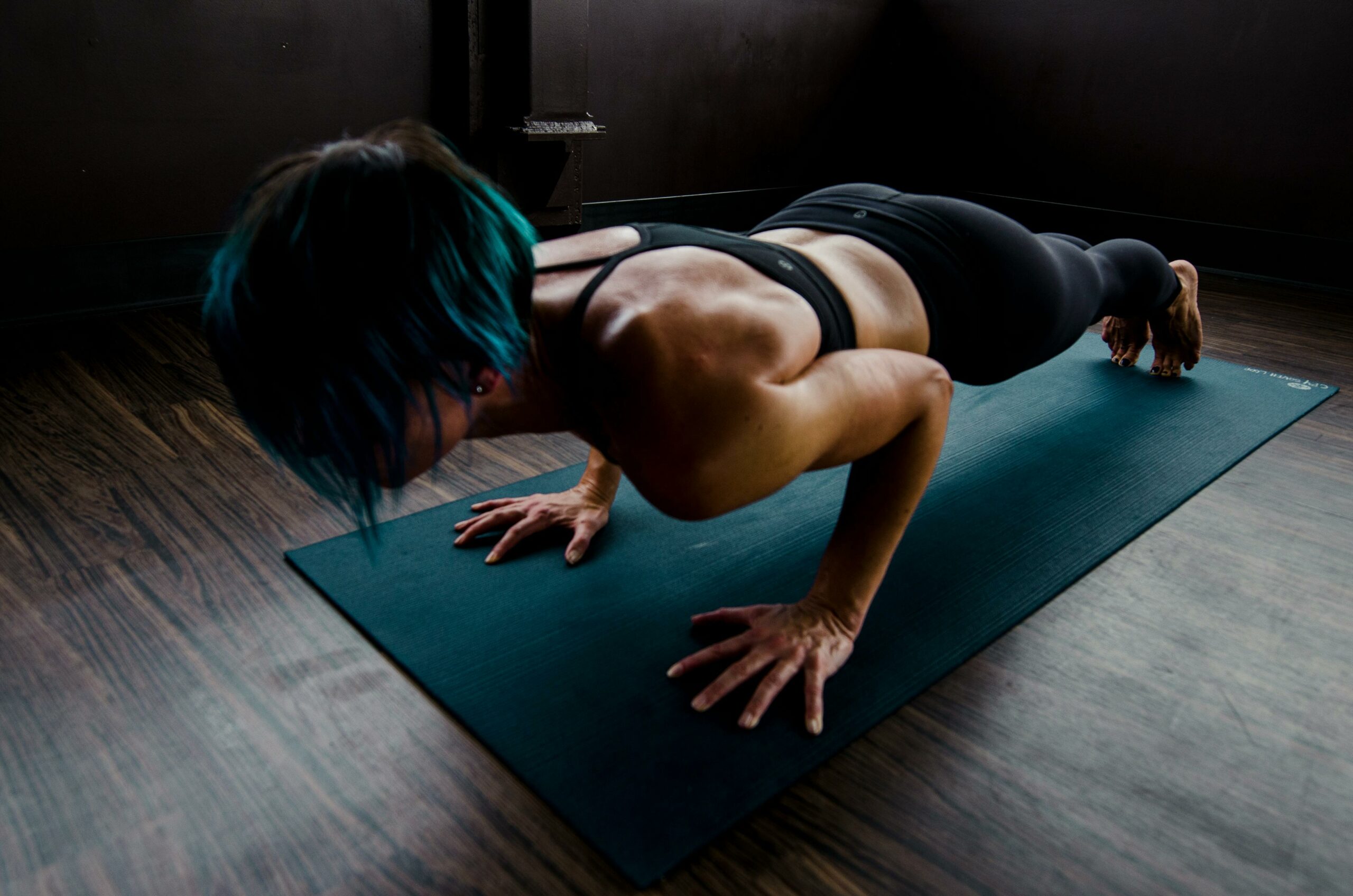
How long should a yoga mat be (Customized Approach)
First up, measure that stride. It’s something most of us don’t think about, but in yoga, the distance of our stretched legs can make or break the flow of our practice. I grab a measuring tape and my favorite non-slip shoes—even if they aren’t my normal yoga go-tos—and find an open space, one where I can really step into my future yoga sessions literally and figuratively.
I tape one end of the measure to the floor and extend it out about 7 to 8 feet. Starting with my heels at 0, I lunge forward with gusto, or as much gusto as my balance will permit. Where my front foot lands marks the length of my essential yoga stride.
Let’s get a bit technical, but trust me, it’s not rocket science. If I don’t have the space (or my measuring tape’s gone AWOL), I turn to good old math. Being a woman, I take my height in inches and multiply by 0.413. My guy friends? They’d multiply by 0.415. The result is an average walking stride length which I then double to estimate my yoga stride. While not as accurate as the actual measurement, it gives me a ballpark which is way better than a wild guess.
Here’s a fun fact worth considering: usually, as I grow stronger and more flexible through regular yoga practices, my stride gets longer. So, even if my feet are just kissing the edge of my mat now, investing in a larger mat makes sense for future me who’ll be stretching even further.
How wide is a yoga mat
When I’m choosing a yoga mat, width is a key factor for my comfort and stability. Standard yoga mats usually hover around 24 inches wide, which works well for the average body frame. But let’s be real, not everyone fits that “average” category. That’s why I always remind my yoga buddies that if you’ve got broader shoulders or a wider body type, don’t hesitate to go for something wider.
Measuring your body while laying flat with your hands and arms out can give you a good indication of how much mat space you’ll need. I usually add an extra 2 to 3 inches to that measurement to ensure I’m not hanging off the edges during poses. Think about it: if you’re doing a starfish pose, you’d want to feel securely supported, right?
Yoga is about personal space – both mentally and physically. If you’re often in poses like the goddess pose or you’re pushing the limits in a warrior pose, you’ll understand the importance of having that extra mat inch or two to support your stance. Your foot slipping off the edge during an intense pose can cause an instant from zen to ouch. Trust me, I’ve had a few close calls that could have been saved by a wider mat.
The truth is, the size of your mat can have a significant impact on your practice. It’s not just about how much space you take while static; it’s also about the dynamic movements and transitions between poses. Remember that open space is not just a luxury – it’s a necessity for safety and proper form. So, when I measure my stance for a wide mat, I make sure that there’s ample room for all the positions in my routine without the fear of sliding off.
Additionally,As I continue to grow and my poses become stronger and wider, having a mat that can accommodate that growth is crucial. I don’t just think about what I need now but also what I might need a year from now.
When it comes to my practice, I’d rather have a little too much mat than not enough. After all, in yoga — as in life — giving yourself some extra space can make a world of difference.
Choose Mat Size Based on Yoga Style
After delving deeper into my yoga practice, I realized that different styles of yoga significantly influence my choice of yoga mat size. After all,what works for someone practicing Bikram might not cut it for someone who’s into Restorative Yoga.
For instance, if you love the fluidity of Vinyasa, you’ll want to go for a mat that’s 71-75 inches in length. That extra room means you won’t run the risk of a foot or hand stepping off the mat during those seamless flow sequences. Anyone who’s ever been jarringly reminded that they’re out of space mid-Sun Salutation knows exactly what I’m talking about.
On the other hand, if Hatha Yoga is your jam, you can stick with a more standard size of 68-72 inches. Sure, Hatha involves a variety of poses, but you won’t need an extraordinarily long or wide mat. You’ll be looking for a sturdy standing area for poses like Tree Pose.
If Ashtanga’s your style, then larger is better—71-75 inches again. Those rapid sequences and movements, including common jumps and forward moves, demand it. Gotta have that space to flow with grace, right?
Hot Yoga and Bikram share similarities, so an ideal mat size is 68-72 inches with a width of 24-26 inches to give good grip, particularly since you’re likely to be sweating buckets. Standing Bow Pose won’t be as daunting when you know your mat can handle the heat.
I was intrigued when I learned that Iyengar Yoga practitioners often opt for mats over 72 inches long and 24-30 inches wide. It makes sense—they’re all about that precise alignment and sometimes use props. Anyone up for a Supported Shoulderstand?
Restorative Yoga begs for the most space of all. A whopping over 72 inches in length and over 30 inches in width provides the comfort needed for poses like Legs Up the Wall. After all, with Restorative, it’s all about relaxation, and being cramped is the antithesis of that.
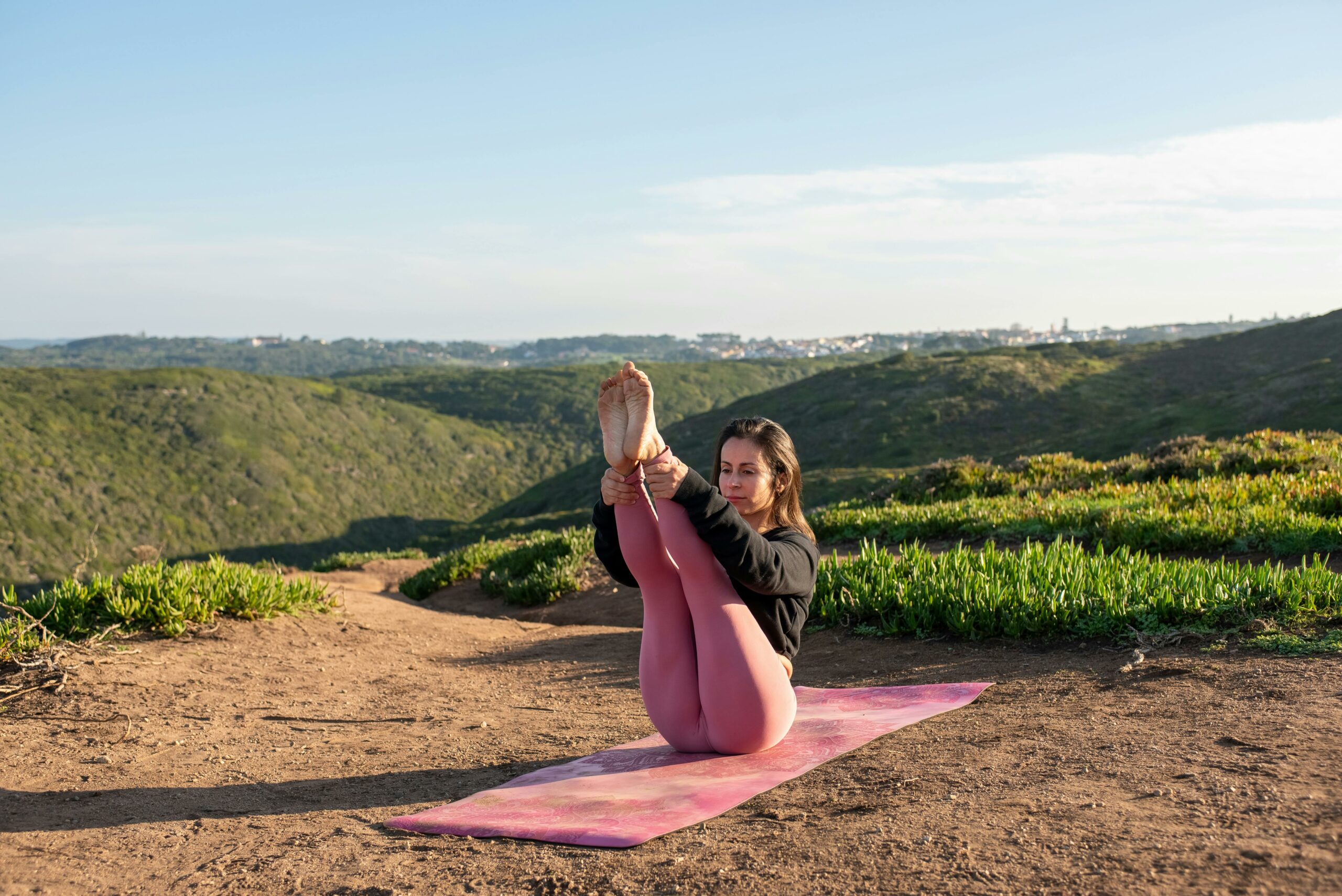
Here’s a quick reference table based on what I’ve found works best:
| Yoga Style | Suggested Mat Length | Suggested Mat Width | Reasoning and Analysis of Typical Poses |
|---|---|---|---|
| Vinyasa Yoga | 71-75 inches | 24-26 inches | The coherent flow movements require extra length to prevent stepping or touching outside the mat; for example, Sun Salutations require continuous fluid motion. |
| Hatha Yoga | 68-72 inches | 24-26 inches | A variety of poses do not demand an especially long or wide mat; for instance, Tree Pose requires a stable standing space. |
| Ashtanga Yoga | 71-75 inches | 24-26 inches | Fast and continuous movements necessitate a longer mat to accommodate jumps and forward movements; for example, Jump Backs are common in vinyasas. |
| Bikram Yoga | 68-72 inches | 24-26 inches | The 26 postures in a hot environment need good slip resistance; for instance, Standing Bow requires stability in a prone-to-slipping setting. |
| Iyengar Yoga | Over 72 inches | 24-30 inches | Alignment and precision demand more space, with props like blocks often used; for example, Supported Shoulderstand requires space around the mat. |
| Power Yoga | 71-75 inches | 24-26 inches | Strength and endurance practices often involve large stretching and extending movements; for instance, Chaturanga Dandasana requires stability and space. |
| Kundalini Yoga | 68-72 inches | 24-26 inches | Focus on breathing and spiritual practices does not need extra practice space; for example, Sat Kriya is mainly performed in one spot. |
| Restorative Yoga | Over 72 inches | Over 30 inches | More space is needed for placing props like pillows and blankets, as well as for deep relaxation; for example, Legs Up the Wall requires comfort at the mat’s edge. |
| Anusara Yoga | 68-72 inches | 24-26 inches | Centered on heart and body alignment, standard size is sufficient; for instance, Wheel Pose requires the mat’s stability. |
| Sivananda Yoga | 68-72 inches | 24-26 inches | The traditional 12 basic poses do not require additional length or width; for example, Headstand requires the mat’s stability and comfort. |
| Hot Yoga | 68-72 inches | 24-26 inches | Similar to Bikram Yoga, suitable for high-temperature environments with slip-resistant mats; for example, Eagle Pose needs good traction in sweaty conditions. |
| Yin Yoga | Over 72 inches | Over 30 inches | Poses are held for longer periods, requiring more comfort and support from the mat; for example, Dragon Pose demands higher softness of the mat for long durations. |
| Jivamukti Yoga | 68-72 inches | 24-26 inches | Combining Vinyasa flow and music, standard size mats are suitable; for instance, Handstand needs the mat to provide good support. |
| Acro Yoga | Over 72 inches | Over 30 inches | Partner yoga requires more space for coordinated movements; for example, Front Bird requires sufficient space for both partners. |
| Integral Yoga | 68-72 inches | 24-26 inches | Integrates various yoga practices, standard size is appropriate; for example, Deep Relaxation can be performed on any size mat. |
Choose Yoga Mat Size Based on Practice Space
Additionally,the size of my practice space is a key consideration. It’s a detail that’s often overlooked, but trust me, acknowledging the dimensions of where you’re going to flow can make all the difference. For instance, a petite home studio may not have the square footage to accommodate an 84-inch mat. That’s where measuring my space comes in handy, ensuring that my mat and room are in sync.
I’ve visited studios where the mats are nearly touching, and I’ve seen the challenge a bulky mat can pose in a packed class. In this case, a too-large yoga mat might earn you some side-eyes from others, but I still recommend opting for a mat that’s just slightly larger than standard size. After all, it can give you that extra bit of space in a packed class, without encroaching too much on someone else’s area.I like to think of it as balancing personal comfort with studio etiquette.
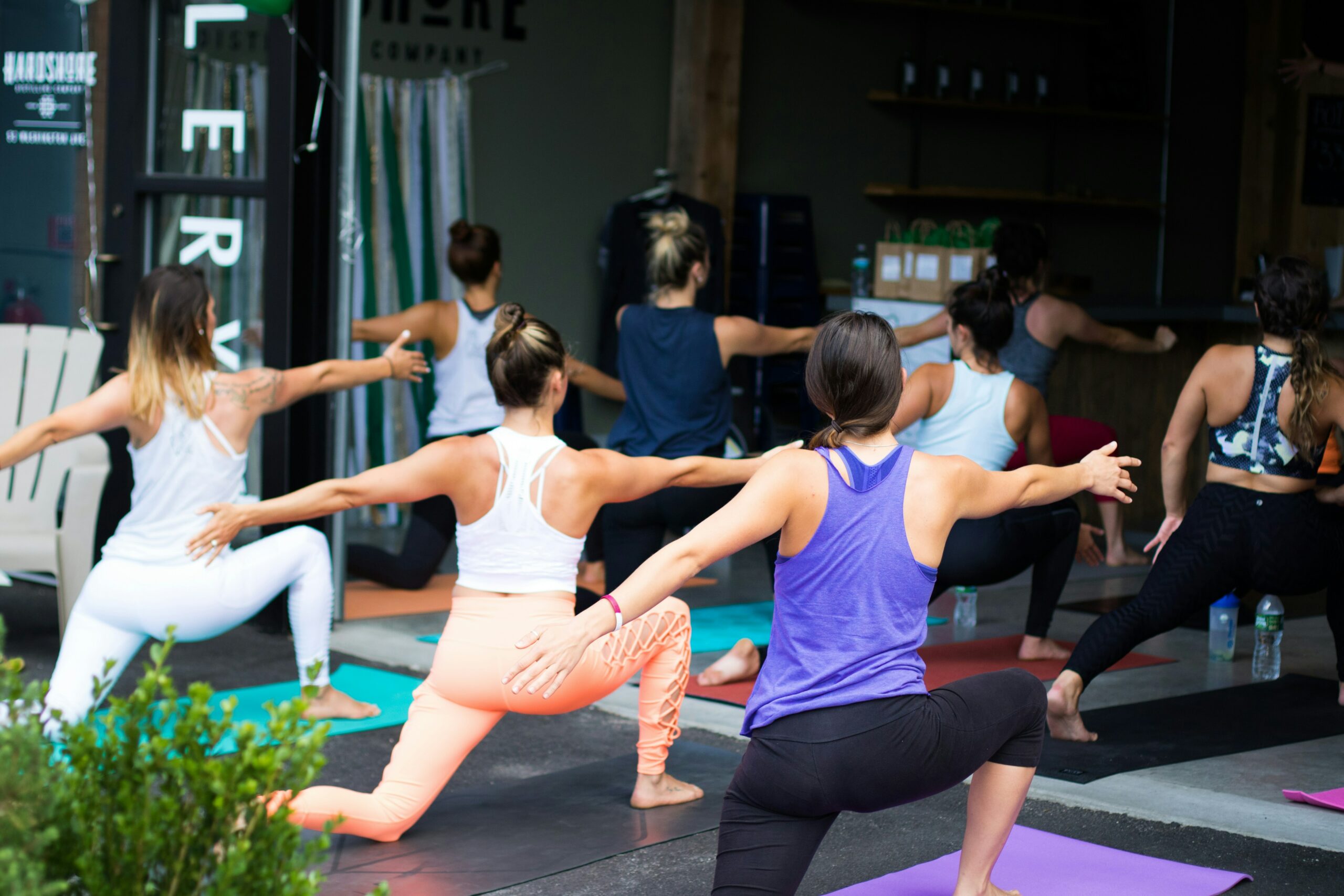
Remedies for a Too-Small Yoga Mat
What should you do when you find your mat is a smidge too short? Rolling off the edge during Savasana isn’t anyone’s idea of nirvana, after all.
Here’s a nifty trick I learned from fellow yogis – it’s simple but effective. If you’re in a bind with a mat that’s just not up to length, snag a small towel. At that time,I find myself scooching onto the floor during those fully prone or supine poses. My fix? I fold a towel and plop it right under my head at the end of the mat before transitioning into resting poses. It’s like a mini extension of my mat and a soft spot for my noggin, so I’m not left feeling like I’m missing out.
For those flowing sequences like Sun Salutations or Vinyasa, I constantly shuffle my trusty towel to the front. This way, when I swoop down into Chaturanga, my face lands on a cushy, clean spot rather than the bare floor.
The beauty of this hack is its simplicity. Towels are also super portable, and you can always find one that complements your mat. It’s a life-saver, especially when practicing outdoors where terrain can be less forgiving.
Conclusion
Picking out the right yoga mat can really make a difference in your practice, but there’s no need to stress over it too much. Even if your current setup isn’t perfect, using a bit of creativity to work around it can also be enjoyable. So next time you roll out your mat, think about how you can adapt to make your practice your own. Trust me, your body and your mind will thank you for it. Keep flowing and namaste!
